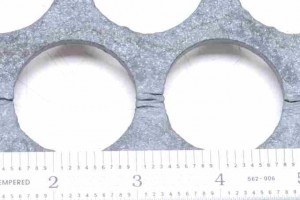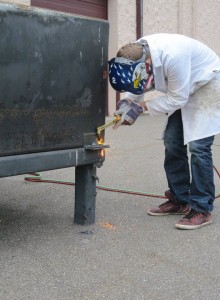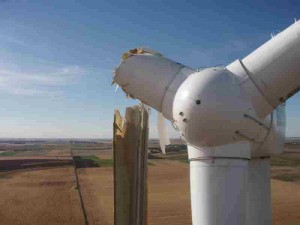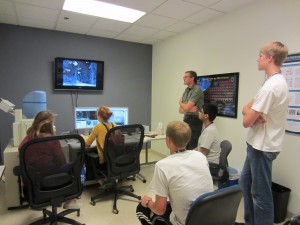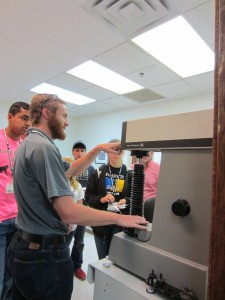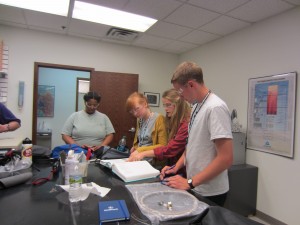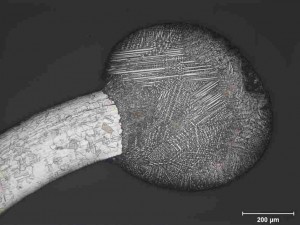Carburization – Case Study
posted August 2015An interesting new case study has been added to our website. We were asked to investigate the failure of perforated steel plates from a gas-fired boiler. Initial macroscopic examination was consistent with a corrosion fatigue mechanism.
Further examination using a metallographic light microscope revealed an unusually high concentration of carbides that became more concentrated in a gradient toward the original outer surfaces of the plates. Read the complete case study to learn how carburization of the plate material during normal service had reduced the strength of the plates.
While determining the failure mode is an important step in any fracture investigation, there is often an underlying cause that may be of greater importance to mitigating or preventing similar failures. MEE’s engineering staff specialize in the behavior of materials and how their structure affects service performance. Our comprehensive reports combine reliable, analytical data with a sound engineering perspective to provide practical cost-effective solutions to our customers.
Filed under: Case Studies, Failure Analysis, metallography,

